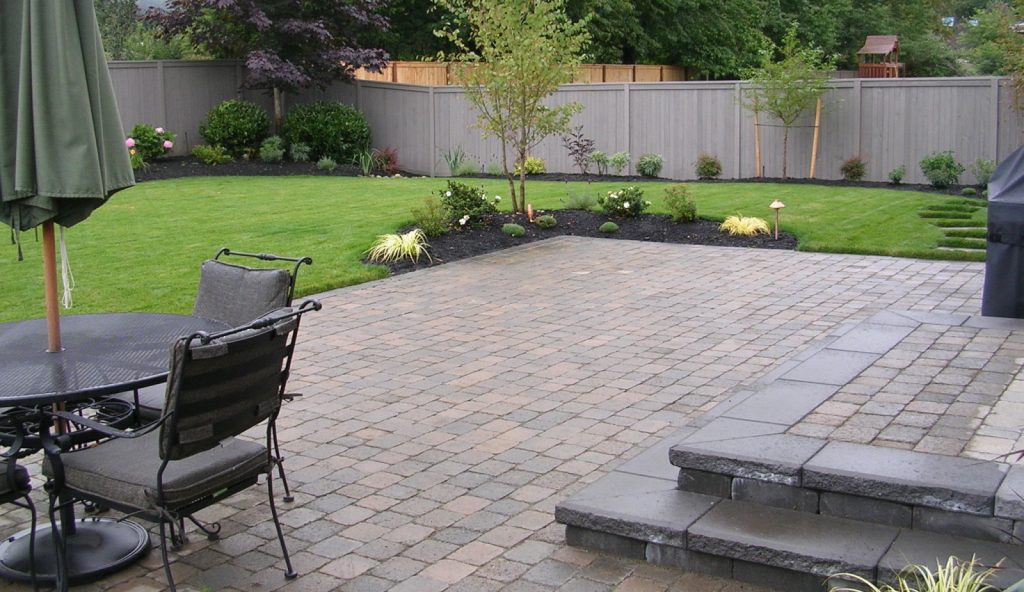When public sidewalks lift or drop, creating pedestrian hazards, the responsibility for damage repairs often falls on homeowners.
The importance of functioning sidewalks is often overlooked. But given the importance sidewalks give to communities – to the health of citizens, access for the disabled, and even assists to commerce – to forget to budget for sidewalk construction, maintenance and repair is folly.
Just as important to individual homeowners, the financial burden for repairs very often falls upon them.
But first, why are sidewalks important? None other than the original urbanist, Jane Jacobs (“The Death and Life of Great American Cities,” 1961 and subsequent reissues), spoke of the contributions sidewalks make to our cities. “Sidewalk width is invariably sacrificed for vehicular width, partly because city sidewalks are conventionally considered to be purely space for pedestrian travel and access,” she wrote. “ [Sidewalks] go unrecognized and unrespected as the uniquely vital and irreplaceable organs of city safety, public life, and childrearing that they are.” Her treatise speaks to the health of urban environments with functioning sidewalks, even claiming that crime (down) and social discourse (up) are impacted by functioning sidewalks.
But still, even in neighborhoods where sidewalks are valued, things can go awry. Not all commercial and residential asphalt contractors are created equal and even the best asphalt paving company can make mistakes. Improper installation on looser soil can lead to sinking slabs of concrete. Or excessive water on and under pavement – think leaky pipes, or a redirected downspout – can undermine the sidewalk. In some cases, with certain species of trees, roots can also lift sidewalks.
The result of shifting and lifting sidewalks is that it can be difficult for people in wheelchairs or with other walking disabilities to traverse these areas. Children on bikes (under age ten bicycle riding is allowed on sidewalks), and parents with baby strollers, encounter difficulties and might have accidents. Runners whose feet might catch on uneven pavement can take hard and injurious falls.
Depending on the municipality, the responsibility for maintaining a safe, flat sidewalk can fall partially if not completely on the owner of the adjacent property. A publication from the League of California Cities, “But it’s Your Sidewalk! Sidewalk Repair and Liability” (2014) clarifies provisions of the Golden State’s Streets and Highways Codes section 5610, which largely places the costs on the homeowner. Elsewhere in the US those costs are often shared between the municipality and the private property owner.
An exception to this burden being on homeowners is when a city-owned tree, placed in the public right of way, has a root system that raises the concrete slab. Most often, the city then is responsible for repairs.
Importantly, whomever is responsible for the repairs and maintenance of the sidewalks also bears liability if and when someone is injured by the disrepair. The average cost for a trip-and-fall accident is $30,000, and can go much higher.
The lesson in all this is to know your city’s rules on this – and to budget for when a repair is necessary.


